My new story for Tech Insider on transhumanism (check out the embedded video too):
The future of the human race.
My new story for Tech Insider on transhumanism (check out the embedded video too):
The future of the human race.
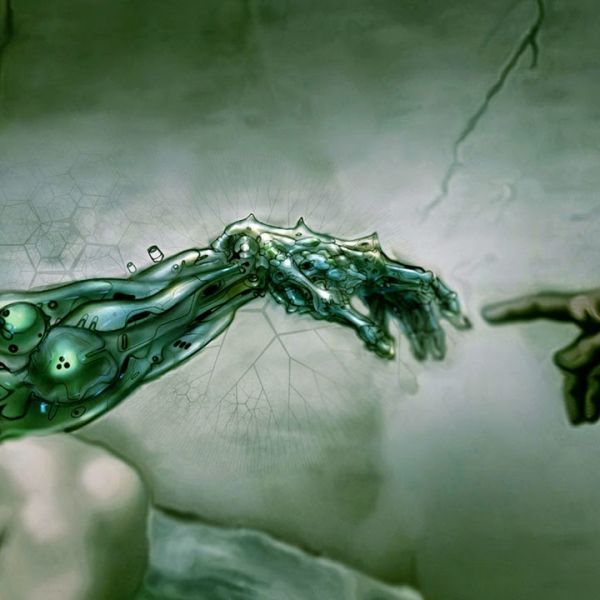
This discussion covers eugenics, the future of capitalism, Transhumanist Bill of Rights, race, and transhumanism:
“The most important and urgent goal for any human being is to secure immortality.”
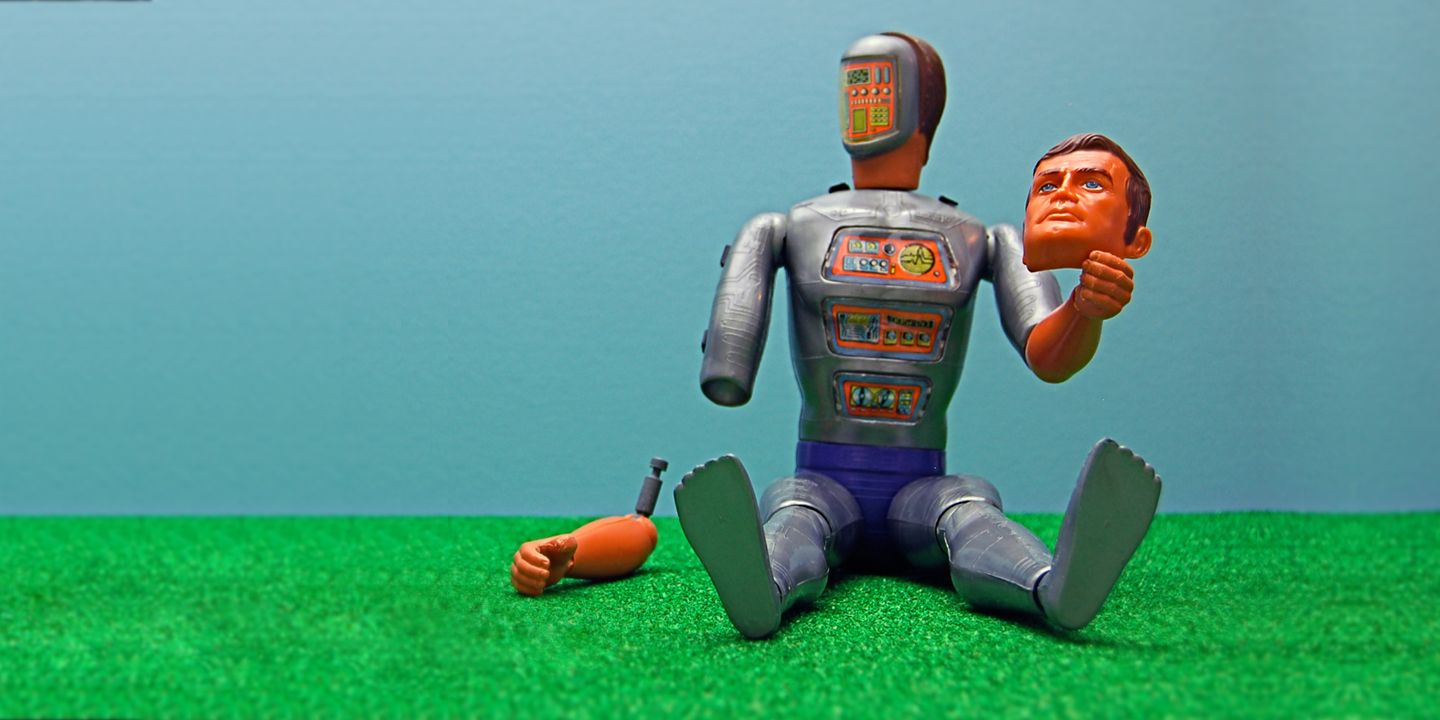
This article does bring one interesting question up for the broader population to really ask themselves and that is at what point does an individual truly become a Cyborg v. not? And, how do we know for sure that some of us are not already there given the bionic implants, our daily interactions and addiction to technology. Definitely, something for each person to think about.
Roy Batty was born—sorry, “incepted”—Friday, Jan. 8, 2016. The Blade Runner replicant, played with aggressive melancholy by Rutger Hauer, went on to see attack ships on fire off the shoulder of Orion and watch C-beams glitter in the dark near the Tannhäuser Gate before delivering one of sci-fi’s most moving soliloquies on life, memory, and mortality. And then he was lost, like tears in the rain.
Quibble if you want: Batty was an android, a replicant—not a cyborg. But in Blade Runner he wasn’t one half of the man versus machine binary. He was the complication—the living, breathing proof that a mere assemblage of technology could be, in fact, more human than human. This refusal of a simple division—the belief that sometimes machines could show us humanity, even as humans could become like machines—was a hallmark of Philip K. Dick’s later work, and it’s distilled to its essence in Batty.
So he’s not a cyborg, but he does what the cyborg does: Make us question the boundaries we draw between man and machine. When we think of cyborgs, we often think, well, of Star Trek’s Borg, a pale, fleshy collective bonded to its Giger-esque machinery. Or Darth Vader, clad in black and, again, pale and disfigured. Or, more heroically and telegenically, Robert Downey Jr. as Iron Man, an armored hero with a machine for a heart.
Zoltan Istvan, you re in the Daily Mail.
California-based, Zoltan Istvan, is leader of the Transhumanst party, and believes that mind uploading, cyborg body augmentation, and genetic manipulation could help us live forever.
From Humanity Plus:
Anders Sandberg of Oxford University’s Future of Humanity Institute delivered our first 2015 Reg Winter Lecture, taking us on a dizzying tour of transhumanism and human enhancement, which covered why chimpanzees are confused, why the Euro would be in better shape if the politicians put out bowls of stimulants at the next emergency summit, and how some of his friends are experimenting with do it yourself brain hacking.
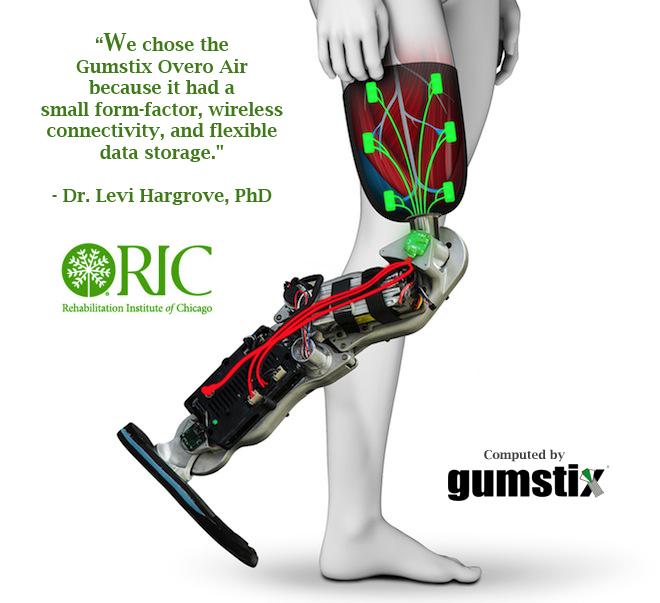
Small Form Factor Technology Solves Complexities of Thought-Controlled Leg Prosthetics
Rehabilitation Institute of Chicago has developed the first neural-controlled bionic leg, using no nerve redirection surgery or implanted sensors. It’s a powerful advancement in prosthetics, including motorized knee and ankle, and control enabled by the patient’s own neural signals. Powered by a tiny but powerful Computer-on-Module platform, this thought-controlled prosthetic represents a significant breakthrough in medical embedded design, improving patients’ lives and mobility with a prosthetic that more closely than ever acts like a fully-functioning natural limb.
The technology of prosthetic limbs has come a long way over time, yet options are still limited for leg amputees. While simple peg legs have evolved to more sophisticated and realistic artificial limbs, the patient was forced to undergo nerve surgery or endure invasive implants. And even though the technology to produce through-controlled mechanized arms has existed for some time, the complexities of leg motion have kept it from being successfully applied in leg prosthetics. Without the ability to move and control the knee and ankle, the prosthetic leg remained a passive solution for patients struggling to replicate natural leg motion.
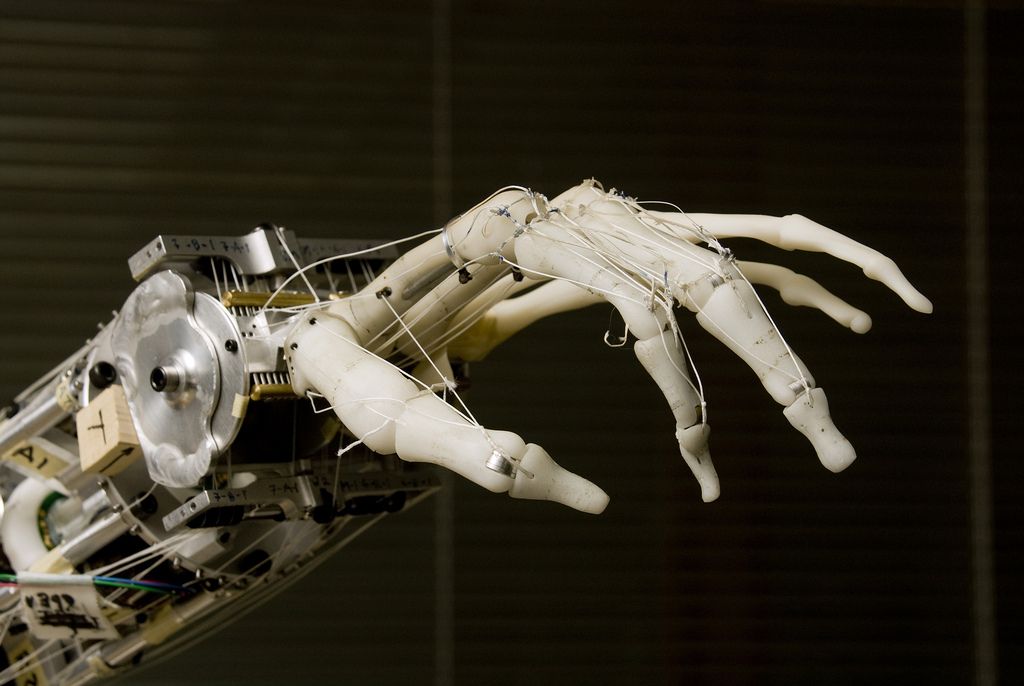
My new article for Vice Motherboard. It’s about one of the biggest ideas I believe in–the necessity to spend more money directly on science goals instead of bomb making and defense:
It just so happens that there is another way—a method that would satisfy liberals and conservatives alike. Instead of always spending more on our military, we could transition our nation and its economy into a scientific-industrial complex.
There’s compelling reason to do this beyond what meets the eye. Transhumanist technology is starting to radically change human life. Many experts expect to be able to stop aging and conquer death for human beings in the next 25 years. Others, like myself, see humans merging with machines and replacing our every organ with bionic ones.
Such a new transhuman society will require many trillions of dollars to satisfy humans ever-growing desire for physical perfection (machine or biological) in the transhumanist age. We could keep our economy humming along for decades because of it.
Whatever happens, something is going to have to give in the future regarding military profiteering. Part of this is because in the past, the military-industrial complex operated off always keeping a few million US military members ready on a moment’s notice to travel around the world and fight. But there’s almost no scenario where we would need that kind of human-power (and infrastructure to support it) anymore.
My latest piece for The Huffington Post. It’s a recap of 2015 for transhumanism and includes some select stories & videos:
Last year, I wrote that 2014 was a great year for the transhumanism movement. But 2015 was simply incredible — it might end up being called a breakout year. I’m not yet willing to declare transhumanism as “mainstream,” but it’s getting quite close now. Transhumanism has become a word that is used frequently by people around the world and in major media when discussing radical science and technology changing our species.
Below is a quick recap of some select stories in English that came out this year on transhumanism and some of my efforts to bring the future closer.
Let’s start with what might end up the most in-depth story on transhumanism ever written. The Verge sent journalist Elmo Keep to ride on the coffin-shaped Immortality Bus. Two months later a behemoth 10,000+ word piece appeared, leading the front page of the site for a few days. The article was also translated into numerous languages. Photographer Nancy Borowick astonished us with amazing photos of transhumanist activism. Then, Digg ran the story and had a chat session on the piece with the author.
Part 3 in this video series on transhumanism. I talk about the #1 concern I hear about when advocating for overcoming death:
Presidential candidate Zoltan Istvan from the Transhumanist Party speaks to Ellie Zolfagharifard from DailyMail.com.
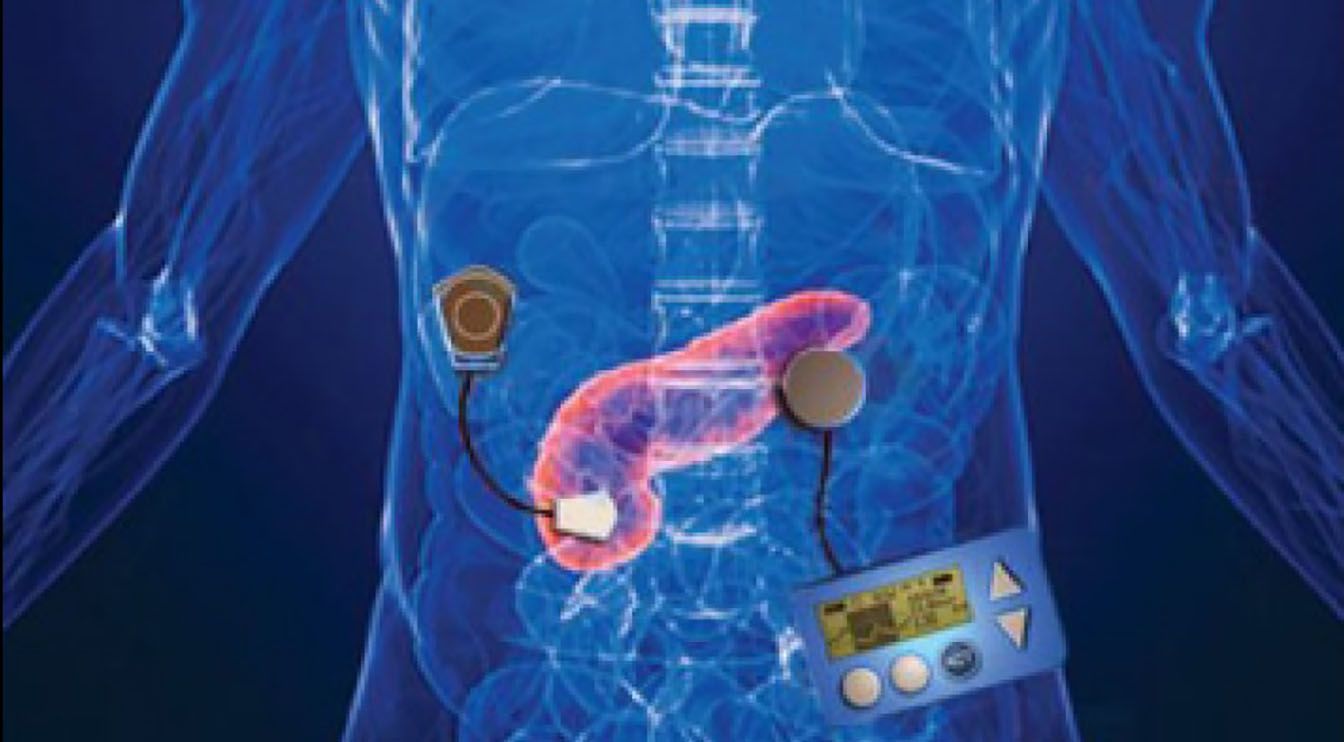
If you haven’t heard of the bionic pancreas, it’s likely you soon will. With diabetes on the rise and the demand for insulin therapies becoming a real pain point for the medical establishment, the need for innovative solutions has spiked. Back in April, we reported on the Do-It-Yourself Pancreas system, a closed-loop artificial pancreas scavenged from a Medtronic pump, Dexcom CGM, a Raspberry Pi, and CareLink USB. Now a fully bionic pancreas similar in design to the Do-It-Yourself model is being developed by doctors at Massachusetts General Hospital and Boston University, with the goal of winning FDA approval. If it succeeds, this will likely be the first bionic organ to see widespread adoption.
Let’s examine some of the previous attempts at bionic organs to see if we can catch a glimpse of where things are heading and some of the societal repercussions that lay in wait. The holy grail of bionic organs is without question the human heart. Coronary artery disease being one of the principal causes of the death worldwide, a fully functioning bionic heart could radically change life expectancy and alter the demographic landscape.
The first bionic hearts, designed over 70 years ago, were plagued by problems that often resulted in thromboembolism and hemorrhage, and made this even more of a gamble than donor transplants. Recent technological advances, however — specifically the advent of bio-prosthetic materials that fool the human immune system into believing the bionic heart is an organic part of the body — could indicate a new era of artificial organs is upon us.